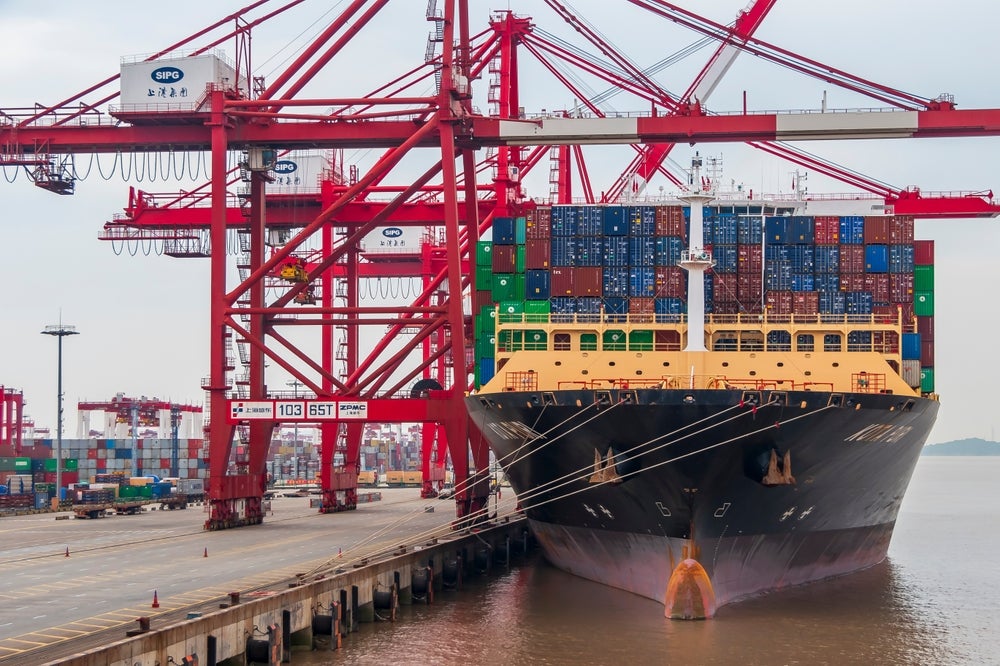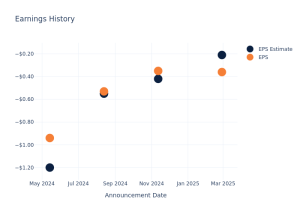
Shares of U.S.-listed Chinese companies took a hit on Tuesday, giving back much of Monday’s rally as disappointing trade data highlighted persistent challenges in the world’s second-largest economy.
China’s November trade data continued to paint a stark picture of an economy grappling with a prolonged slowdown.
Imports fell as domestic demand remains weak, while exports surged, particularly to the U.S., driven by manufacturers racing to beat potential new tariffs under President-elect Donald Trump‘s administration.
Weak domestic consumption and a deepening housing market crisis have clouded investor optimism, despite Beijing’s promises of fiscal and monetary stimulus for 2024.
Chinese Imports Dive, Exports
Imports to China slumped 3.9% year-over-year in November to $214.87 billion, marking the steepest decline in nine months. This contraction, worse than October’s 2.3% drop and far below expectations of 0.3% growth, underscores a softening domestic economy plagued by weak consumption and an ongoing housing crisis.
In the first 11 months of 2024, imports edged up just 1.2% to $2.36 trillion, highlighting lackluster demand in a country long touted as a key driver of global trade.
Meanwhile, exports grew 6.7% year-over-year to $312.31 billion in November, missing forecasts of 8.5% growth and sharply down from October’s 12.7% surge. Despite marking the eighth consecutive month of export expansion and a 26-month high in export value, the numbers tell a more nuanced story.
The export surge reflects manufacturers scrambling to front-load shipments to the U.S. in anticipation of new tariffs. Overall, Chinese exports to the U.S. rose by 8% last month.
“Chinese companies rushed to get goods to the U.S. before new tariffs are imposed,” said Saxo Bank’s head of commodity strategy Ole Hansen.
China’s trade surplus ballooned to $97.44 billion in November, up from $69.45 billion a year earlier and above market expectations of $95 billion. This was the largest surplus since June, fueled by the export growth and plummeting imports.
While a larger surplus might seem like a win, it signals deeper troubles. A high trade surplus is a symptom of weak domestic demand, as subdued consumption is curbing imports while China increasingly relies on exports for growth.
Stimulus Skepticism Grows, Geopolitical Risks Add Pressure
The weak trade data dampened enthusiasm for Beijing’s recently announced fiscal and monetary stimulus measures for 2024. “China sits on 300% total debt-to-GDP and flirts with deflation,” macro analyst Alfonso Peccatiello, known as @macroalf, wrote on X. “They better get their act together for real this time.”
Markets appear skeptical about Beijing’s ability to deliver meaningful economic recovery. Andreas Steno Larsen, chief investment officer at Steno Global Macro Fund, commented, “Markets are likely less inclined to buy into the Chinese stimulus story this time due to a lack of credibility.”
Adding to economic woes, geopolitical tensions are flaring. Taiwan raised its alert level as nearly 90 Chinese navy and coast guard vessels were reportedly massing near Taiwan, southern Japan, and the East and South China Seas, according to Reuters.
Top Chinese Stocks Reverse Course
PDD Holdings Inc. PDD fell 4% in premarket trading after a stunning 10.5% surge on Monday.
Alibaba Group Holdings Ltd. BABA dropped 2.6% following a 7.5% gain, and JD.com Inc. JD slid 3.6%, erasing some of its 11% rally from the previous session.
Chinese electric vehicle makers also saw red. Li Auto Inc. LI dropped 3.1%, while NIO Inc. NIO tumbled 4.4%, reversing Monday’s gains of 8% and 12.4%, respectively.
The iShares China Large-Cap ETF FXI tumbled 4%, partially erasing Monday’s 8.2% spike.
Read Next:
Photo: ambient_pix/Shutterstock.com
Market News and Data brought to you by Benzinga APIs
© 2024 Benzinga.com. Benzinga does not provide investment advice. All rights reserved.
